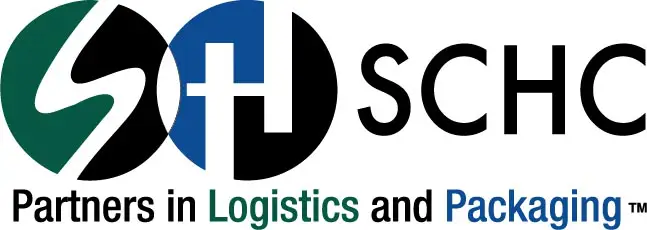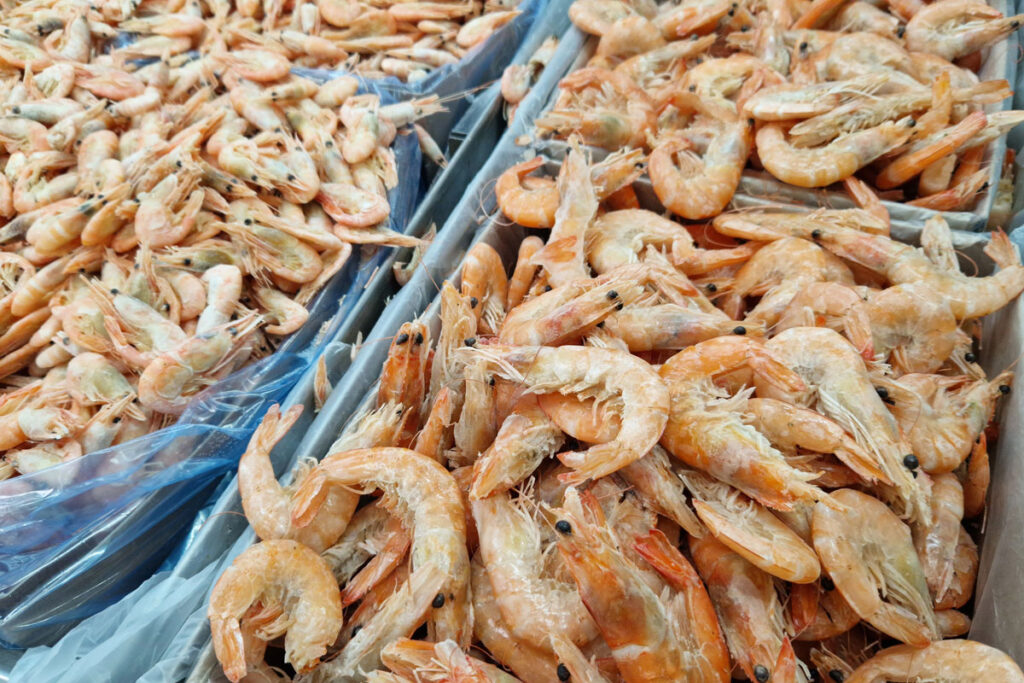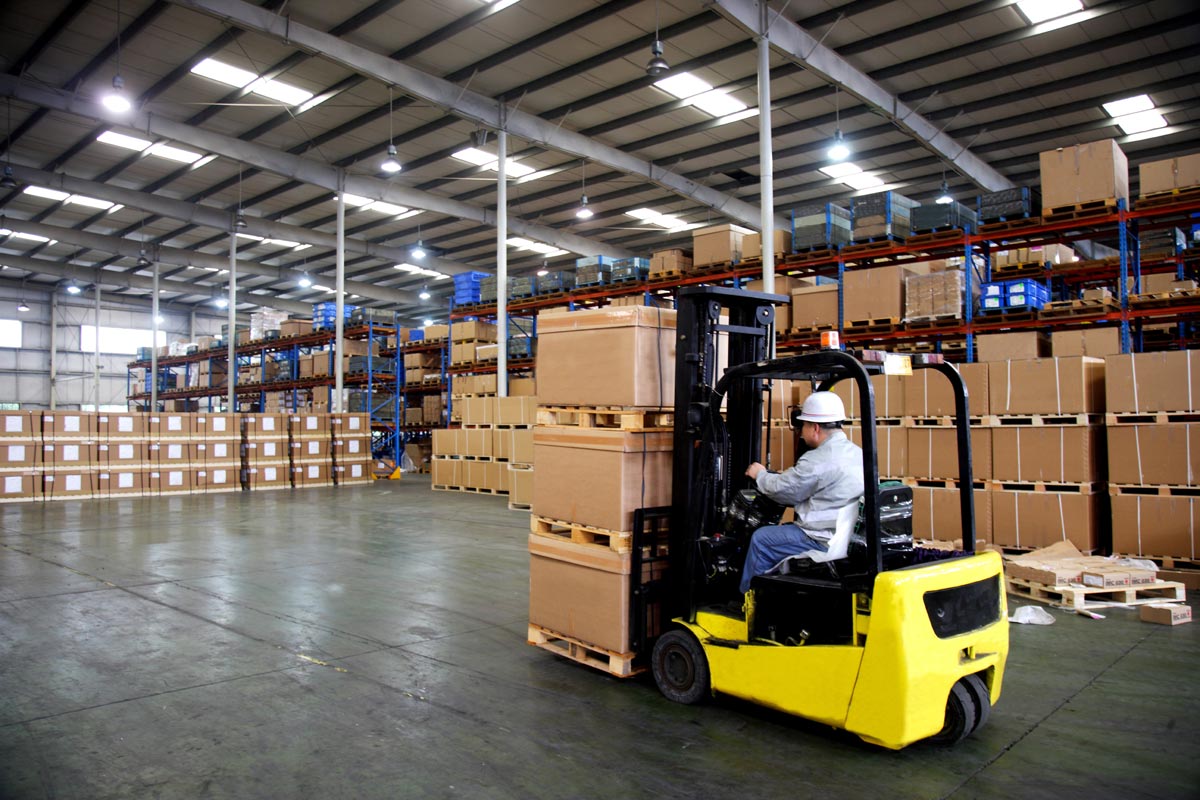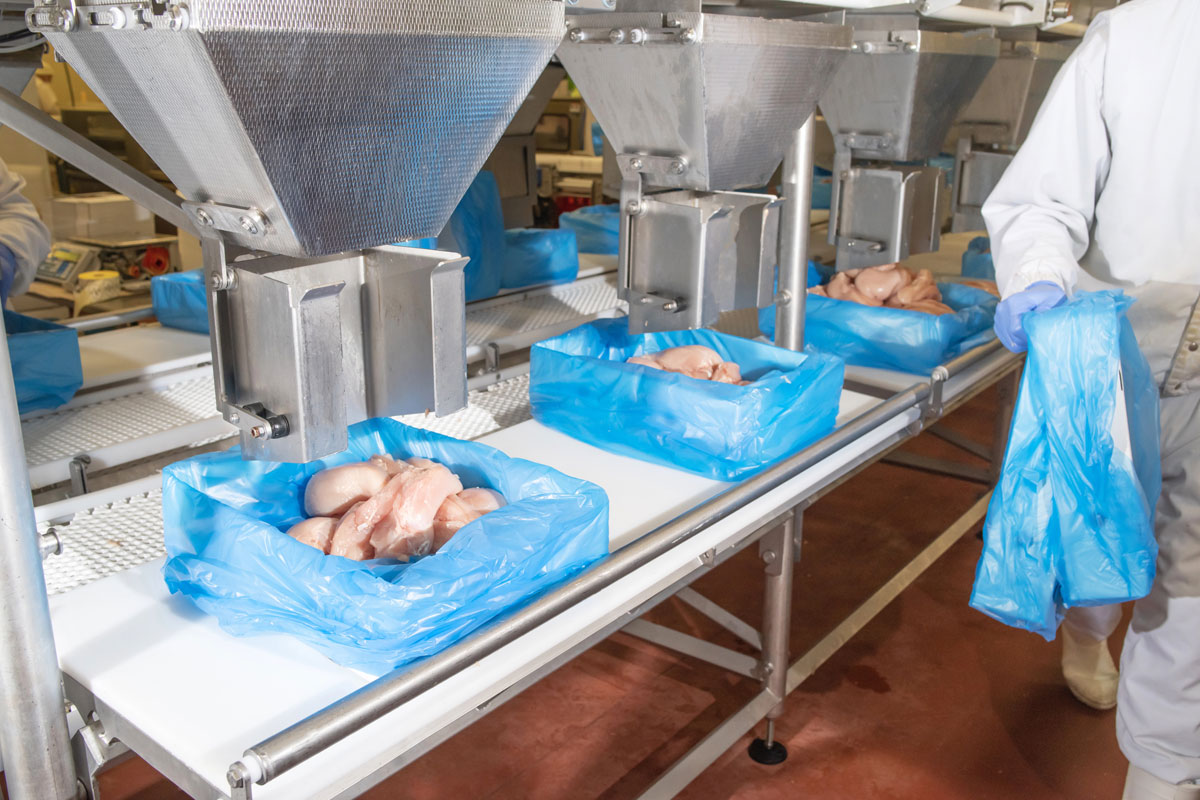Table of Contents
The Innovation Hero of the Seafood Industry: Seafood Wax Carton Food Packaging
In the bustling world of seafood, from the moment a fresh catch leaves the water to when it lands on a plate, its journey is filled with challenges. Maintaining freshness, preventing contamination, and ensuring structural integrity are primary. While much attention is often given to the sourcing and handling of seafood, the role of its packaging is equally, if not more, critical. Among the various options available, seafood wax carton food packaging stands out as an unsung hero, offering a unique blend of properties that make it ideally suited for the demands of the seafood industry.
Why Wax Cartons? The Essential Qualities for Seafood
The primary function of any food packaging is to protect its contents. For seafood, this means safeguarding against moisture, bacterial growth, and physical damage. Seafood wax carton packaging achieves this through several key characteristics:
- Exceptional Moisture Resistance: Seafood, by its very nature, is wet. Whether it’s fresh fish on ice or frozen shellfish, moisture is always a factor. Wax coatings on cartons create a waterproof barrier, preventing water from seeping into the cardboard and compromising its strength. This is crucial for maintaining the box’s integrity, especially when stacked or transported with melting ice. Without this waterproof barrier, cardboard would quickly become soggy and collapse, leading to product damage and potential contamination.
- Temperature Stability: Seafood often requires refrigeration or freezing to maintain its quality and safety. Wax cartons are designed to perform well in cold, damp environments, resisting the effects of condensation and frost. This stability ensures that the packaging doesn’t degrade, providing constant protection from the processing plant to the retail display.
- Durability and Stackability: From harvesting to processing, distribution, and retail sales, seafood undergoes multiple stages of handling and transport. Wax cartons are engineered for strength, capable of withstanding the rigors of transit. Their rigid structure allows for efficient stacking, optimizing space in cold storage and trucks while preventing product being crushed. This durability minimizes waste due to damaged goods, contributing to better profit margins for businesses.
- Food Safety and Hygiene: The wax coating provides a smooth, non-porous surface that is easy to clean and resistant to bacterial penetration. This is a significant advantage in an industry where hygiene is critical to prevent foodborne illnesses. Furthermore, many wax cartons are designed with vent holes or features that allow for proper drainage of melted water when packed with ice, further enhancing hygiene by preventing prolonged contact between the seafood and standing water.
- Printability and Branding: Despite its functional properties, seafood wax carton packaging doesn’t compromise on aesthetic appeal or branding opportunities. The exterior surface can be printed with high-quality graphics, product information, and branding elements. This allows seafood businesses to communicate key details to consumers, highlight their brand identity, and create an attractive display that stands out in a competitive market.
Applications Across the Seafood Supply Chain
The versatility of seafood wax carton packaging makes it indispensable at various stages of the seafood supply chain:
- Harvesting and Processing: Directly on fishing vessels or at processing plants, freshly caught seafood can be immediately packed into wax cartons with ice. This initial packaging provides immediate protection and facilitates efficient handling as the product moves from the sea to shore.
- Wholesale and Distribution: For bulk transport to wholesalers, restaurants, and large retailers, seafood wax carton packaging offers a robust and reliable solution. Their stackability and moisture resistance ensure that large quantities of seafood can be moved efficiently and safely.
- Retail Display: In supermarkets and fish markets, wax cartons are commonly used for displaying fresh or frozen seafood. Their clean appearance and ability to contain meltwater without weakening make them ideal for maintaining an attractive and hygienic presentation.
- Value-Added Products: Beyond raw seafood, wax cartons are also employed for packaging value-added seafood products like pre-portioned fillets, breaded shrimp, or seafood mixes, providing protection and branding for consumer-ready items.
Seafood Wax Carton Packaging Environmental Considerations and the Future
While traditional wax cartons have been a staple, the industry is increasingly mindful of environmental impacts. Innovations in wax formulations, including those derived from renewable resources and those designed to be more easily recyclable or compostable, are emerging.
The focus is on developing seafood wax carton food packaging that maintains all the critical protective properties while minimizing its footprint. This includes exploring alternatives and improvements that align with the growing demand for sustainable packaging solutions within the food industry.
Protecting Your Catch: The Unmatched Advantage of Seafood Wax Carton Food Packaging
Seafood wax carton food packaging is more than just a container; it’s a critical component in ensuring the safety, quality, and marketability of seafood. Its unique combination of moisture resistance, durability, temperature stability, and hygienic properties makes it an ideal choice for the demanding environment of the seafood industry, truly making it an unsung hero that plays a vital role from catch to consumption.
For expert solutions in seafood wax carton food packaging and seafood industry needs, consider reaching out to the professionals at SCHCI.
GET A FREE LOGISTICS ESTIMATE
We will not respond to solicitation or employment inquiries through this form.











